Cottage City Oyster’s Merroir
As unique as the Vineyard itself, the merroir of the Cottage City Oyster is a flavor and process to celebrate.
Sculpted by wave action for the first year, our nursery process creates a very smooth, hard cupped 1” oyster.
The oysters are then moved in to the bottom cages of our deep water site, where we allow nature to take over the shaping process for year 2 and 3, creating a unique blend of the farmer’s hand and a natural oyster. An air drying regiment throughout the years keeps biofouling organisms to a minimum and helps build adductor muscle size. The shells take on a coloring similar to the sandy ocean bottom they’re grown on, with rare streaks of purple wampum or fluted edges from the swift vineyard sound current. Oysters are power washed after harvest to ensure cleanliness and quality.
The open ocean flow, salinity and a full assortment of algae create a uniquely balanced taste only found in the outside waters of Martha’s Vineyard. Our farm site salinity is at 32PPT, making it one of the highest salt content possible, yet the flavor is remarkably balanced with notes of sweetness, metallic and umami. Meats tend to be on the smaller size, with harvest sizes ranging between 3inches and 4inches. Chef’s have describe the flavor as “ocean candy”, like a small, delicate macaroon of ocean flavors.
Mission
Our mission is simple: Provide the best oysters in the most eco-friendly, sustainable way. We strive to do this while providing education and support to our local community. Surprisingly, the eco-friendly and sustainable part is the easiest. Oyster farming is a very organic practice in and of itself. No food or chemicals are used because all of the food is already present in the water column, and the method of cleaning the oysters is done by the Sun, drying the seaweed and barnacles until they fall off. Our raft and equipment is created using the most environmentally friendly choices. No pressure treated chemical wood is used on the farm, and all of our raft equipment is powered by solar electricity, which reduces the potential for gas spills and emission / noise pollution. The oysters get their good looks and taste from a lot of hard work and a clean environment. Like wine grapes, oysters get their taste from the environment they are grown in; it's called Merroir. We are blessed to be able to grow Cottage City Oysters in one of the best environments in the world, known for the cold, clean, swift moving currents of the Vineyard Sound. Martha's Vineyard is renown for clean water and environmental stewardship. Our focus is to protect, maintain and improve the local environment.
Partnerships are important to us.
We think of our farm as not only a space to produce food, but also as a playground for scientists and educators to test new research, designs and programs. Below are some of the partners we have teamed up with on various scientific and educational platforms.
The History of the Cottage City
(Courtesy; CapeCodHistory.us)
Originally incorporated in 1880, Cottage City embraces the northeastern extremity of the island of Martha's Vineyard, Dukes County; and is mainly a place of summer residence, having only the business relating to such occupancy. The town has the ocean on the north and east, Edgartown on the south, and Tisbury on the west and northwest. It is separated from the latter town by Vineyard Haven Harbor and by Lagoon Pond, the latter partially divided from the harbor by a broad sandbar. The coast is formed by steep sand-bluffs, with sandy beaches at their bases. The area, aside from highways and water surfaces, and some sandy marsh, is 1,965 acres. About one third of this is largely occupied by scrub oaks, with trees of larger growth in the vicinity of the camp-grounds and some of the older residences. In 1907 the town's name was changed to Oak Bluffs, because of the growth in the year round population and the changing face of the resort required an acknowledgement that the town was not just a "Cottage City" any more.











